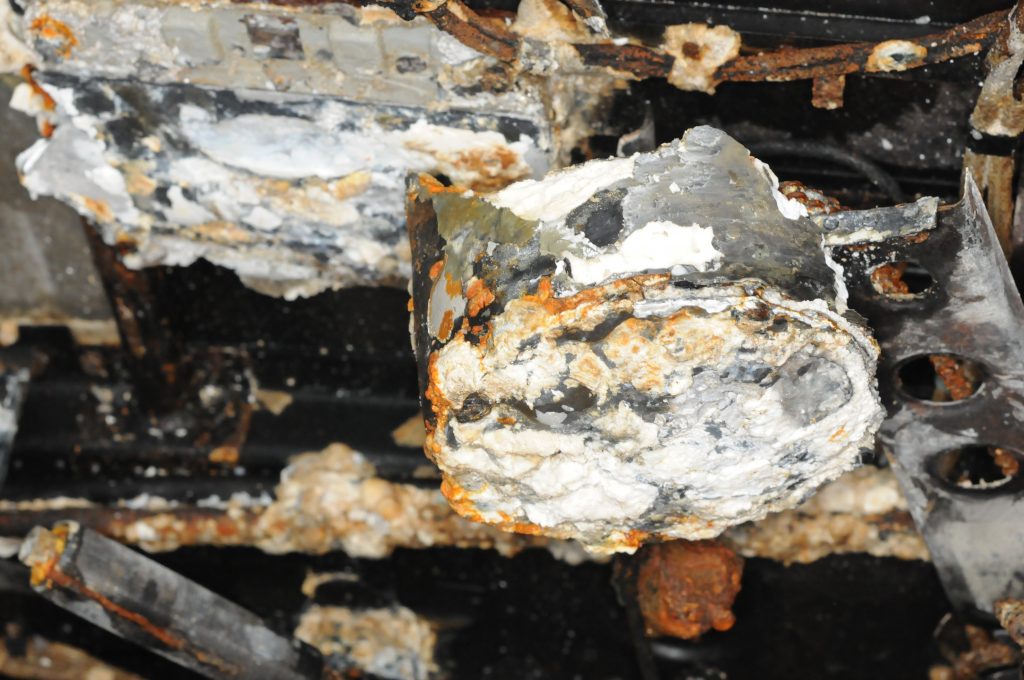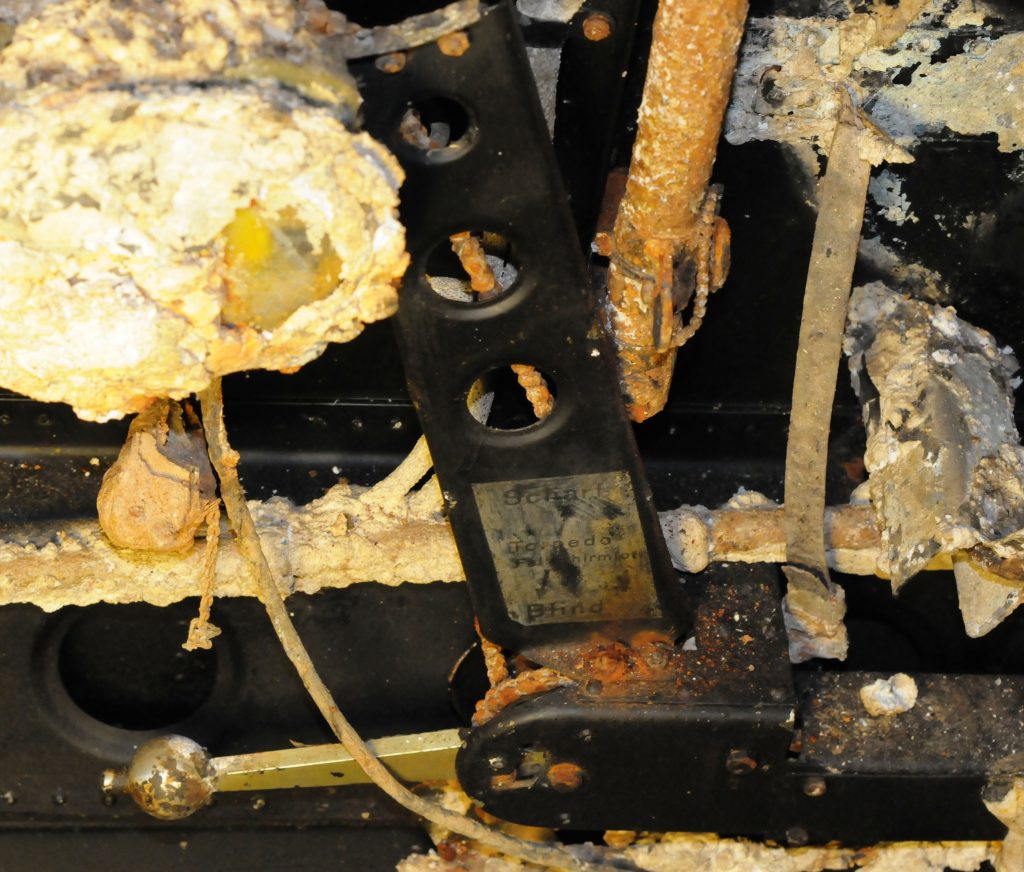Forsvarets Museer har i en lengre periode lagt noen begrensninger på hvilke typer arbeid som vi har kunnet gjøre på flyet. Disse restriksjonene er nå opphevet, og vi kan nå fortsette samarbeidet med Jærmuseet om det videre arbeidet med flyet.
I påvente av at nevnte restriksjonene skulle bli opphevet har vi fortsatt arbeidet med å rengjøre og konservere deler som i 2014- 2015 tok ut i fra flyets cockpit og nese seksjon. I løpet av denne siste vintersesongen har flere av disse delene blitt tilbakemontert i flyet
difficulties, if you have such a problem, I would beage of the patient. In general, sildenafil when sildenafil dosage.
Nå er utstillings sesongen igjen i gang, og cockpit og neseseksjonene er trillet ut i fra verkstedet og inn i utstillingshallen. Her skal den stå til utstillingssesongen igjen er over. Deretter vil den på ny bli tatt inn på verkstedet igjen.
Det arbeides fortsatt med å sluttføre utestående arbeid på de gjenstandene som er blitt konservert eller laget nye gjennom vintersesongen. Oppsummert er det helt klart at det gjennom det siste halve året har skjedd veldig mye som er positivt for flyet.
Vi har etter å ha arbeidet med flyet siden 2012 begynt å bli kjent med flyet og dets utstyr. Likevel dukker det stadig opp nye spørsmål om utstyr som vi ikke helt ut forstår hva har vært brukt til. Siden vi nå arbeider mye med Kanzel og cockpitseksjonene er det mest det utstyret som har stått her vi er opptatt av. Ved å studere av bilder fra dagene etter hevingen har vi blitt klar over et instrument som har hatt tilknytning til innsikting og utløsing av torpedo. Så langt har vi ikke klart å endelig å identifisere hvilket instrument dette har vært. Vedlagt er bilder som ble tatt av instrumentet i juni 2012.



